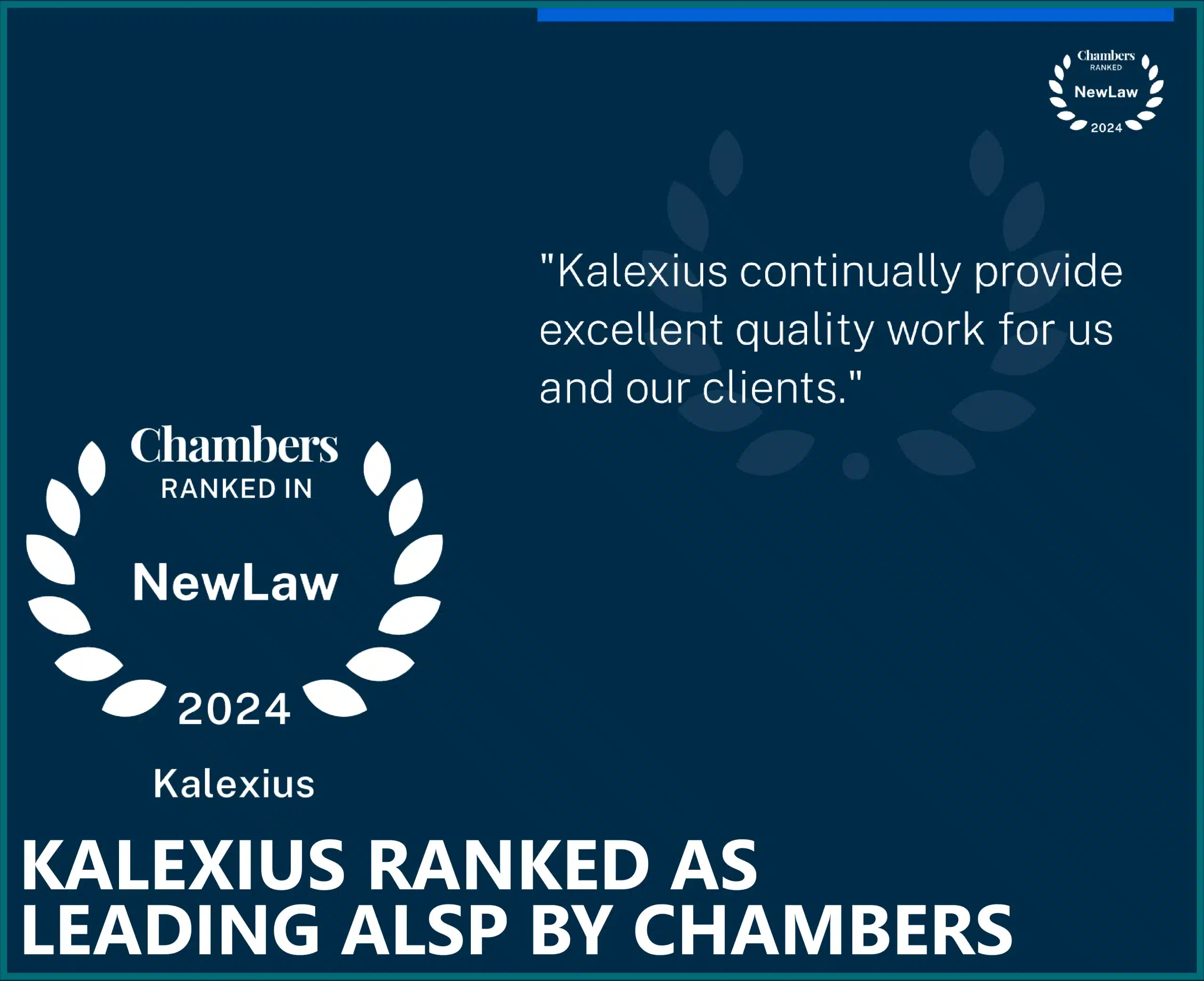
“Legal Operations specialists are to a lawyer what managers are to an artist.”
They let lawyers focus on their art and provide them with the support they need – templates, training, project and knowledge management – for outstanding results.
That’s all very romantic, but businesses don’t run on artistic expression, they run on money.
As with any business function, the existence of a Legal Ops function relies on its ability to positively impact the success, meaning profits, of the company.
Demonstrating how a Legal Ops function can be anything other than a cost center is a struggle many of us have had to deal with. After all, how can even the greatest processes and templates generate enough efficiency to pay for a full-time employee?
Well, they won’t. That is why the Legal Ops role needs to be clarified.
Legal Ops is not a machine that drafts processes for lawyers and helps them work better. The priorities of a Legal Ops function should be more strategic.
To keep Legal Ops on track and to clarify its role, I suggest that the leitmotif of a Legal Ops department should be to help legal departments save money.
It’s a simplistic view but one I choose, to cut through the noise, confusion and excitement associated with the Legal Ops role.
I see two main approaches to optimizing spend.
1 – MANAGE EXTERNAL PROVIDERS
This is the low-hanging fruit Legal Ops should go for as a priority to demonstrate success and gain credibility. In many organizations, the law firm panel may not be a priority to the department head, busy serving the business functions’ legal needs. Having a focused resource tackle panel management will demonstrate cost savings quickly and provide a framework to judge the quality of deliverables.
Legal Operations can:
- Choose the right vendors through effective RFP and other processes;
- Negotiate better pricing with vendors;
- Make sure vendors stick to the agreed pricing and deliverables during the relationship.
In some organizations, Legal Operations will work with procurement on reducing external provider cost. If the organization has a dedicated legal procurement function, Legal Ops will likely spend more time on the second approach.
2 – OPTIMIZE WORK ALLOCATION
Legal Ops will scan the workload and redistribute it to match the right work to the right resource. These are some of the problems that usually need solving:
- Senior resources doing work that could be done by more junior resources;
- Lawyers doing work where it could be done by non-lawyers;
- Work being sent to law firms where it could be done internally at a lower cost if the existing resources were adequate;
- Work being sent to law firms where it could be sent to cost-effective alternative legal service providers;
- Work being done by humans where it could be done by machines (the use of AI is likely to grow).
Legal Ops is ideally positioned to tackle workload review because they are not involved in doing any of the work and remain objective. Much like an external consultant, Legal Ops will give its recommendations to the GC on any changes to work allocation. Being able to defend decisions made by the GC relies on the position of Legal Ops in the organization so independence is key.
This article talks about the workload review process in more detail.
Once work has been distributed to the right resources, Legal Ops will examine how the work is being done to optimize speed and quality in work delivery. The Legal Ops resources will leverage process design, technology and project management while keeping an eye on cost.
Cost savings over time will come from continuously reviewing and optimizing work allocation. Good examples of the outputs from this activity would be:
- As opportunities arise, senior resources may be replaced by more junior resources;
- Lawyers may be replaced by non-lawyers;
- Work being sent to law firms can be done internally or by alternative service providers.
The cost savings outlined here are real; hiring a Legal Ops resource will show ROI quickly if they are given the latitude and independence to leverage these two approaches.


